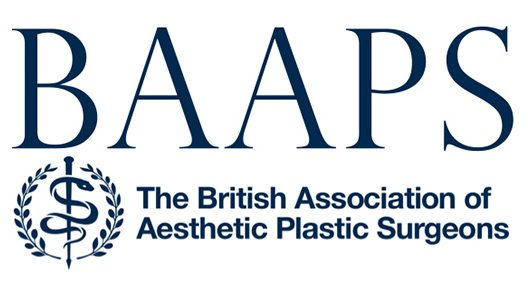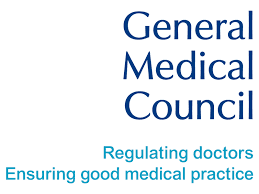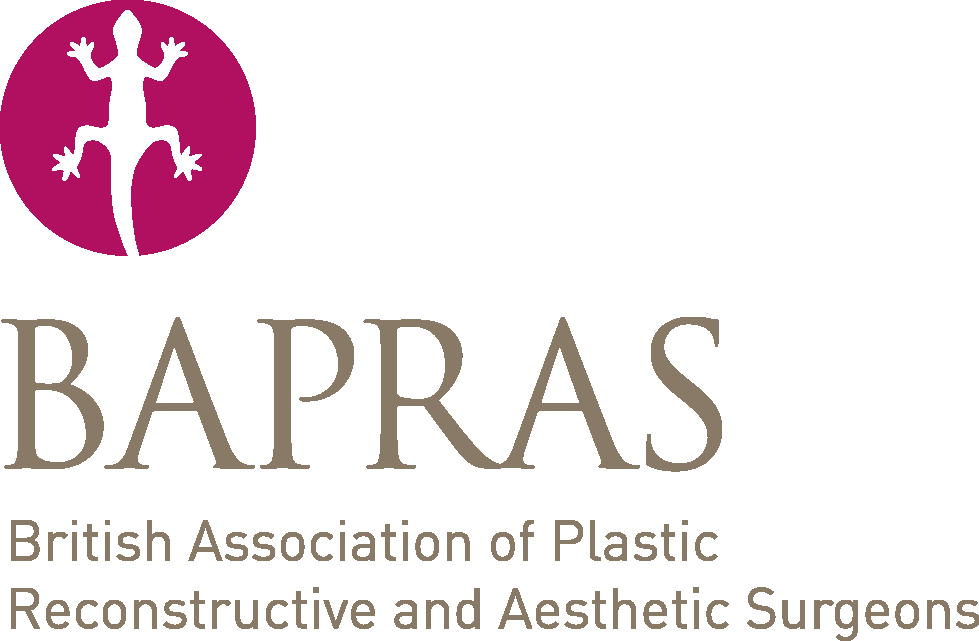Pinnaplasty/Otoplasty Prominent Ear
Correction Surgery
With Mr Adel Fattah




Ear Reshaping (Pinnaplasty/Otoplasty).
This surgery aims to decrease ear protrusion. It’s one of Mr. Fattah’s most popular NHS procedures. Known for his commitment to patient comfort and safety, Mr. Fattah ensures your journey is as seamless as possible.
The process involves a small incision behind the ear, using a minimal access method to reshape the ear’s cartilage with strong sutures. This helps achieve a natural shape, avoiding the ears looking flat against the head or losing their natural curves. Dissolving sutures close the incision, and glue is used as a dressing.
The surgery is usually done as a day case, and patients can often go home within an hour or so.
Unveil the potential to enhance ear appearance, diminish prominence, and restore ear aesthetics post-accidents.
Mr Fattah was very professional, but importantly also friendly and approachable. He was thorough and explained everything prior to the surgery and in good detail, making the experience pleasant and stress-free.
OR, Tribal earlobe repair
I feel the care and attention to detail and professionalism in my procedure was second to none. I felt confident and relaxed. My aftercare again was very good, I am very happy and pleased with the result.
AC, Split earlobe repair
I have a new confidence I’ve never had, being able to wear my hair up is amazing!
AB, Pinnaplasty patient
I feel much more confident now, many people say that it looks weird when I put my hair down now as I put my hair up so often.
LH, Pinnaplasty

Procedure Duration
1-2 hours

Time in Hospital
Day Case

Back to Work
1 week
(Dependant on Occupation)

Full Recovery
2 – 3 Months
Earlobe Reduction
As time passes, earlobe skin loses elasticity, leading to distortion and tears. Wearing earrings also contributes to this.
If earlobe size or shape bothers you, or splits prevent earring wear, our swift surgery is ideal. Reshaping, repairing, and refreshing ensure smooth, renewed ears. You’ll be able to tie your hair up, wear earrings, and push your hair behind your ears, with confidence.
Earlobe Procedures
Revive your earlobes!
Repairing split and tribal earlobes is a top request for Mr. Fattah. Often prompted by a new job or relationship, the procedure is quick and easy, taking under an hour with local anesthesia in the minor ops clinic.
For split earlobes, scar tissue is removed and the earlobe is sutured back into a natural shape. A simple refinement avoids any notches during healing. Tribal earlobes require more technical work, but it’s still clinic-performed. Excess tissue is removed, and the repair crafts a natural shape based on piercing size.
After two weeks, sutures are removed, and the scar matures to near invisibility. This minor procedure breeds major confidence for those valuing their professional look.
Frequently Asked Questions
Will I need to wear a head bandage?
Will it hurt?
The combination of minimal dissection, long acting local anaesthetic and glue dressings have made this procedure straightforward with rapid recovery, minimal impact on lifestyle and high patient satisfaction.
What are the potential complications of Pinnaplasty?
Like any significant surgical procedure, Otoplasty carries certain risks, including bleeding, infection, and reactions to anesthesia. Additional potential complications associated with Otoplasty include:
- Scarring: Although scars are permanent, they will likely be concealed behind or within ear creases.
- Asymmetry in Ear Placement: Healing changes could lead to uneven ear positioning, and preexisting asymmetry might not be fully resolved.
- Changes in Skin Sensation: Repositioning ears during otoplasty may temporarily alter skin sensation in the area, with rare instances of lasting change.
- Allergic Reaction: Surgical tape or materials used might trigger an allergic reaction during or after the procedure.
- Stitch-Related Issues: Stitches securing the new ear shape may surface, requiring removal and potentially causing skin inflammation, necessitating further intervention.
- Overcorrection: Otoplasty could result in unnatural contours that give the appearance of ears being pinned back.
